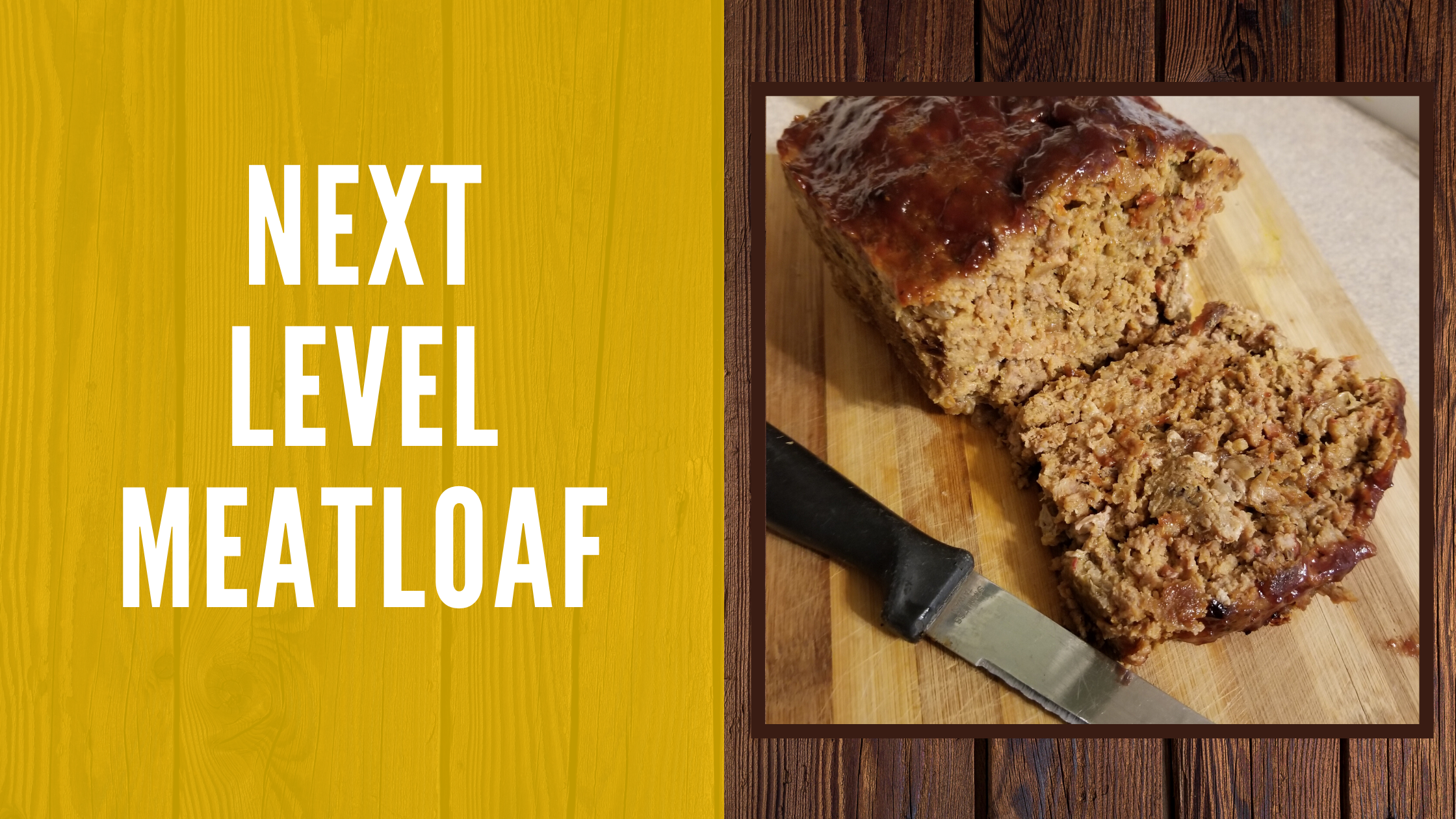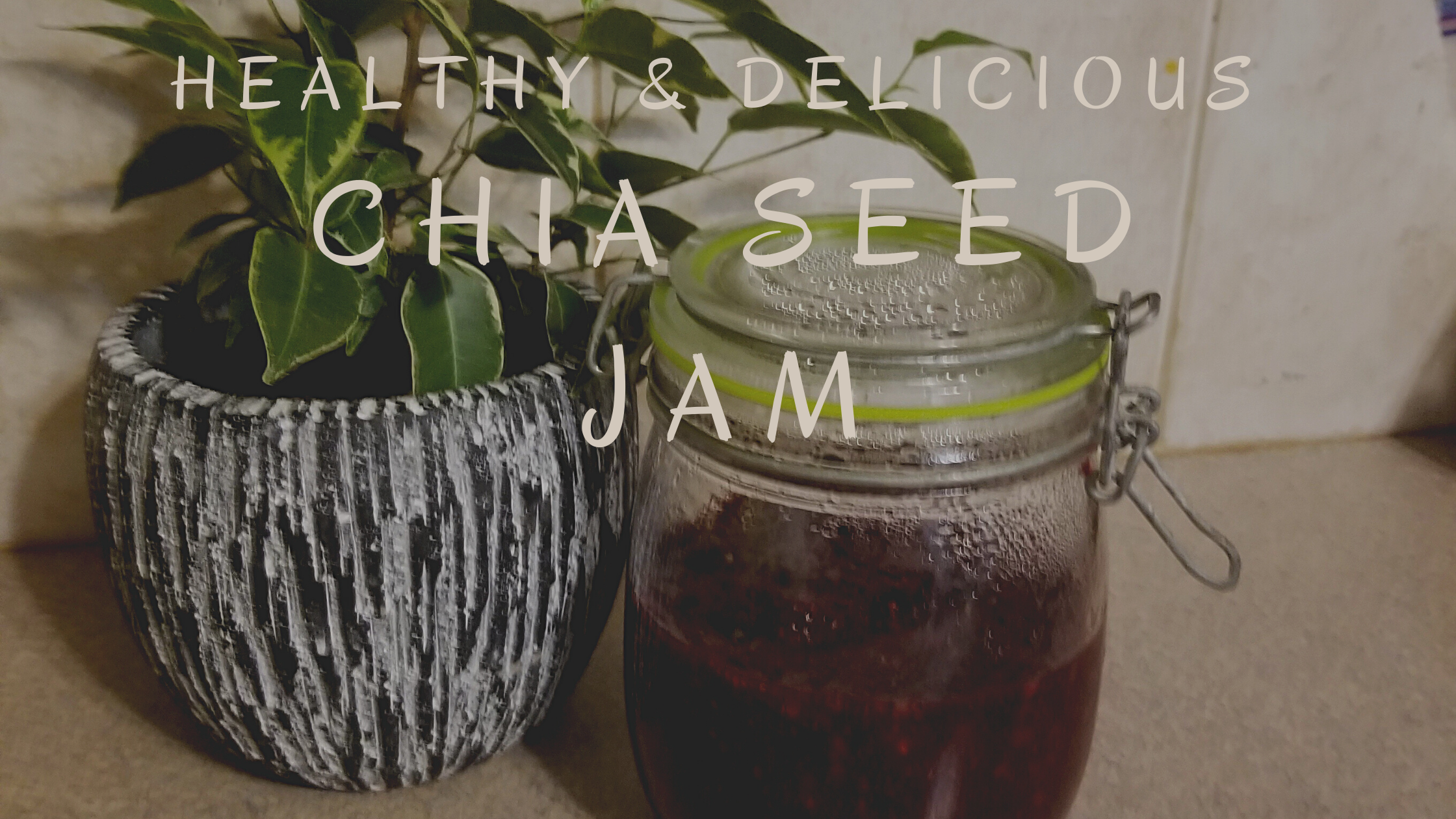
My experience with sourdough
Disclaimer – This post contains affiliate links which means if you click on an ad and purchase something from that ad I could receive a commission at no extra cost to you. Thank you for your support.
I love fresh sourdough bread so naturally, I thought I need to make that. Sourdough is one of those things that seems like it should be complicated, I mean you need to have a weird bubbly sour starter to make it. I thought you had to acquire it from somewhere somehow so I shied away from it.
The truth is it’s not hard or complicated at all, you can make your own starter with just a few simple ingredients that you probably already have along with a little bit of time and patience. All you need I flour, water, and wild yeast. You can use any type of flour you like, you can even feed it different types of flour if you like. The water should be tepid, filtered, or distilled is best but tap water works as well. Now, wild yeast, luckily you already have that, it’s in the flour and the air and all around.
There are some healthy benefits to sourdough
Now, I’m no scientist but this is what I know about the process. Once the flour and water are mixed and left in an airy yet covered container the good bacteria (lactobacillus) and the wild yeast cause it to bubble and ferment. Unfortunately, these good bacterias don’t make it through the cooking process so there really aren’t any probiotics left after that. Sourdough does still have some great qualities though. Generally, there are no oils or sweeteners added like in other loaves of bread, so that’s certainly a plus.
Sourdough is said to be lower in sugar and gluten as well. Bonus!
In the fermentation process, the good bacteria feed on the sugars in the flour and degrades the gluten making it easier to digest for those with sensitivities to gluten and won’t cause blood sugar spikes. Now, as I said before I’m no scientist so I can’t confirm this either but it makes sense to me. I must admit though when I eat sourdough I don’t seem to get the bloat that regular bread gives. Maybe it is easier to digest or maybe it’s in my head haha
Think of your sourdough starter as being a pet ~
Making a sourdough starter is a bit like keeping a pet, you need to feed it every day to keep it happy. It takes about 5 minutes over 5 days to have a starter ready for bread. The starter can be kept for years and years if kept fed and happy. I think this would be fun for kids to help with too. It’s an exciting process to check for bubbles every day and to feed them and keep them warm and happy.
This is what you’ll need
Glass or ceramic jar
Kitchen scale
Silicone spatula or wooden spoon
Plastic measuring cups
Just make sure you don’t use anything metal. Metal can react with the fermentation process.
Sourdough starter – how to
~Day 1~
Weigh 100 grams flour and 100 grams water and mix together. Put it in your jar and put the lid on or if no lid use a coffee filter and an elastic band. As long as it’s not airtight but won’t let dust or bugs in it should be fine. Keep it in a warm spot and wait.

Water & flour 
All mixed up 
In the jar. I took the rubber ring off this jar so it closes but it’s not air tight.
~Day 2~
Check for bubbles. Don’t panic if there isn’t any, sometimes it can take a bit. Weigh the same amount of flour and water and add to the starter. Mix it together, cover, and wait.
~Day 3 ~
Check for bubbles. There should be some by now even if it’s only a few. Feed it the same as day 2.

This is day 3 before feeding. It has some bubbles and has a pleasant sour yeasty smell.
~Day 4~
At this point, you’ll have to remove up to half of the starter and discard (more on that in a bit) Feed it the same as day 2.

This is day 4, after feeding in the morning 

This is day 4 in the evening. It has grown quite a bit and has lots of lovely bubbles. 

This is day 4 in the evening. It’s growing quickly now and there are lots of bubbles
~Day 5~
Today take about 1 – 1.5 cups out to discard. Feed the same as day 2. Smells a bit like yogurt now. That’s good, that’s the good bacteria doing their thing.
It is pretty hard to get a “bad” starter and some of the smells, in the beginning, may make you think that you need to scrap it all and start over but just give it time and feed it every day and it will level out, it’s just finding its balance. If you want to speed it up some, in the beginning, you can feed it twice a day.
~Day 6~
Today is the day you can take some out and make a loaf of sourdough bread. I decided to wait a few more days because the house isn’t as warm as it could be due to a cold snap we’re having so the starter is a bit slow even though I have it close to a heat register. If your starter doesn’t bubble and froth a few hours after feeding it’s probably not strong enough to make sourdough. It’s OK for just about any other recipe requiring a sourdough starter but it needs to be strong for sourdough
Sourdough Bread Recipe
3 cups flour. You can use any kind or a combination. I used white and whole wheat.
1 1/2 cups warm water
1 cup sourdough starter
2 tbsp honey or maple syrup
1 1/2 tsp salt
Oil to coat the bowl for rising
Directions
- Combine all ingredients in a medium-sized bowl. It’s good if it’s sticky but not soupy. Let it sit as it is for about 20 minutes.
- Place the dough on a floured surface and knead for 10 minutes. Add a little flour if it starts sticking to your hands or the counter.
- It should come together easily to form a ball but still be a little sticky and stretchy.
- Once you’re finished kneading form a ball and place it in a bowl that’s lightly covered in oil (I used olive oil) Cover with plastic wrap and place in a warm spot for 3 – 4 hours. You can take it out and fold it a couple of times in those 3 – 4 hours, however, it’s not 100% necessary.
- After the first rise take the dough out and knead it and fold it a bit and place it back in the same bowl and cover again. Let the dough rise for another 2 – 3 hours
- In the last 30 minutes of the rise, you can get the dutch oven ready for baking. Place the dutch oven in the cold oven with the lid on and turn the oven to 425 F to let it get hot before you put the bread in.
- Once the dough is finished rising put it on a piece of parchment paper large enough so the edges reach the top of the dutch oven, this is so you can grab the edges and take the bread out when it’s done.
- If your dough is still really sticky use lots of flour and put some on top as well. Cut a few slits on the top with a bread knife.
- Carefully place it in the hot dutch oven, put the lid on and put it in the oven for 20 – 25 minutes. Now, take off the lid and cook for another 15 – 20 minutes.
- When it’s finished cooking remove it from the dutch oven and let it sit for a least a half hour. This is the hardest part because after spending so much time preparing this bread all you want to do is cut off a slice and eat it BUT this is a very important part of the cooking process. So as hard as it might be, be patient! 🙂
A few thoughts and tips
- Your first loaf probably won’t work and likely the second won’t be much better. My first one was a rock on the outside and doughy in the middle and second was a little better the outside was almost perfect and the first couple pieces were OK but the middle was dough. All I can say is keep trying and tweaking the recipe. All starters are different and you may need more or less flour or water depending on how wet your starter is. Keep at it because once you get it right it’s so good!
- Back to the bit about discarding the starter, sounds a bit silly right? Make it just to throw it out well, to keep the starter healthy you need to feed it and eventually there gets to be too much in the jar so discarding some is the best option. Fortunately, you can use the discard, there are many recipes available to use up the sourdough discard. Currently, my
favorite is apple fritters (recipe below) - In the summer months when the house is warmer it will need to be fed twice a day. Right now it’s winter so the house is a little cooler and it only needs feeding once a day. I use 100 grams to 100 grams ratio but as long as it’s even you could use a little greater than or less than.
- If you feel like you want to take a break from using the starter (like in the summer) you can keep it in the fridge and feed it every couple of weeks or keep it in the fridge and feed it the day before you want to use it. As long as it’s kept in a warm spot it won’t take long for it to revive.
Sourdough discard apple fritters
1 1/2 cups diced apple
1 cup flour
1 cup milk (I use almond but any type will work)
1 cup sourdough discard
3 tsp cinnamon
2 tsp baking soda
2 tbsp sugar
2 tsp vanilla
pinch of salt
Oil for frying
Directions
Mix together flour, cinnamon, salt, baking soda, and sugar. Add milk and vanilla. Once mixed pour in the starter discard and mix those together.
Cut apples and mix them in with the starter mixture. Allow it to rise and settle for about half an hour.
Heat some oil in a frying pan and place spoonfuls of the mixture in the oil. Fry on medium-low heat for 5 minutes per side. Check the inside to make sure it’s not doughy if it is, fry for a few minutes longer.
Drizzle some honey over top and enjoy!










Comments
I have always wanted to try making sourdough bread but have been so intimidated. Thanks for sharing all your tips!
You’re welcome. I was the same way but it’s actually so easy and a learning experience lol
Fabulous info! This is the second post I have read on sour dough this week. Was pondering if I wanted to start one more thing. Loved your explanation on health benefits and such. You sold me! I’m gonna give it a try:)
Thanks!
Awe, that’s great! I’m glad I helped convince you!
You did well making sourdough bread. I also love sourdough bread so thanks for sharing this recipe.
Thank you!